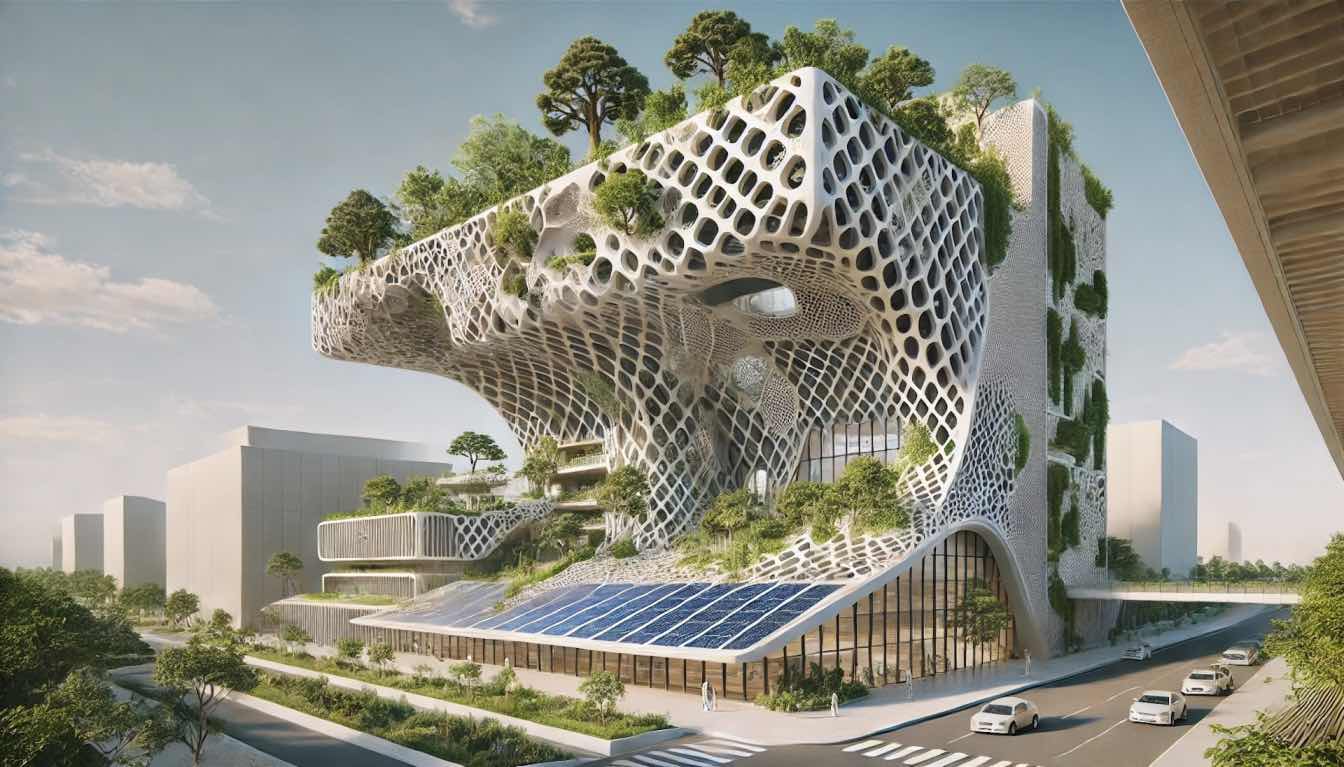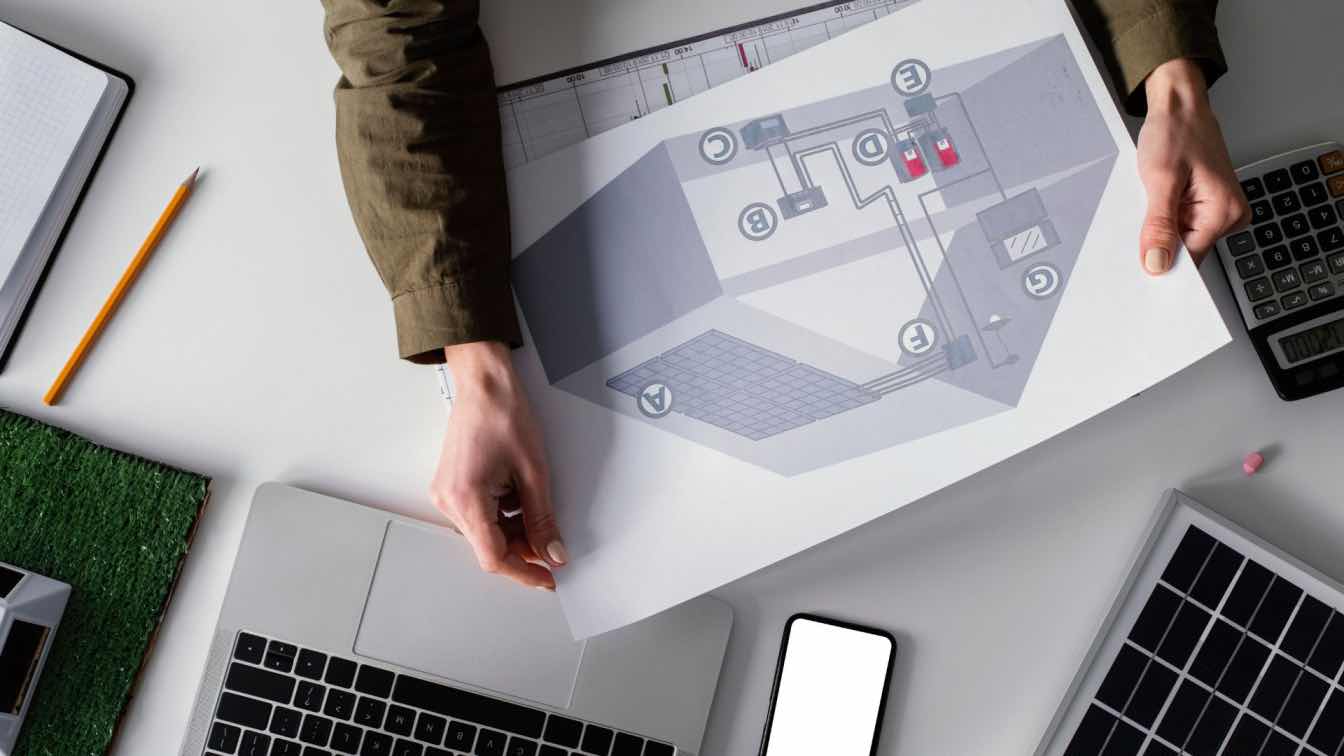Sustainability has become more than just a buzzword in architecture—it's a driving force shaping how we design and build for the future. As our global population grows and resources dwindle, architects are reimagining traditional practices to create structures that harmonize with the environment. The shift toward sustainable innovations isn't just about reducing carbon footprints; it's about redefining how we interact with the spaces we inhabit.
From green roofs to energy-efficient materials, today's architectural breakthroughs are blending creativity with responsibility. These advancements align with the principles outlined by organizations like the World Green Building Council (WGBC), which advocate for greener, healthier built environments. By embracing these innovations, we're not only addressing climate challenges but also ensuring that architecture remains a tool for positive change. Let's explore how these practices are transforming the industry and paving the way for a more sustainable future.
Overview Of Sustainable Innovations In Architecture
Sustainable innovations redefine how we design and construct buildings, focusing on energy efficiency, resource optimization, and environmental impact reduction. Strategies such as passive design principles enhance thermal comfort while minimizing energy consumption. These include the strategic placement of windows for natural lighting and ventilation, reducing reliance on artificial systems.
Green materials play a crucial role in sustainable practices. Innovations in metal building insulation, for example, improve energy efficiency by reducing heat transfer and maintaining indoor temperature stability. These advanced insulation methods also lower energy costs, aligning with global sustainability goals.
The integration of renewable energy systems transforms contemporary architecture. Solar panels, wind turbines, and geothermal heating make structures self-sufficient, reducing their dependence on non-renewable energy sources. Modular construction techniques further enhance sustainability by minimizing waste and promoting efficient material usage.
Urban design incorporates living elements like green roofs and vertical gardens to combat urban heat islands and improve air quality. These innovations increase biodiversity, manage stormwater, and create healthier city ecosystems. Smart building technologies further optimize energy usage by monitoring and adjusting systems in real-time.
As architectural practices evolve, sustainable innovations prioritize environmental stewardship while ensuring functional, durable, and aesthetically pleasing structures. Advances in materials, energy systems, and urban integration reflect a commitment to designing sustainable spaces for the future.
Key Principles Of Sustainable Architecture
Sustainable architecture focuses on creating structures that enhance environmental balance, resource efficiency, and overall quality of life. By integrating energy-saving measures, eco-friendly materials, and carbon-reduction techniques, we ensure that architecture actively contributes to a sustainable future.
Energy Efficiency Strategies
Energy efficiency forms the foundation of sustainable architecture. Passive design principles, such as strategic building orientation, maximize natural lighting and ventilation. Advanced technologies, like smart systems, regulate energy consumption by monitoring usage patterns. High-performance insulation materials reduce thermal energy loss, ensuring optimal interior climate control. Additionally, incorporating energy-efficient lighting and HVAC systems minimizes the overall energy demand of a structure.
Use Of Renewable Materials
Renewable materials play a pivotal role in eco-conscious construction practices. Materials like bamboo, reclaimed wood, and recycled steel reduce dependence on finite resources. Selecting locally sourced materials further minimizes transportation emissions, reinforcing the goal of environmental preservation. By utilizing renewable options, we create durable and sustainable spaces that align with both functional and ecological needs.
Minimization Of Carbon Footprint
Reducing the carbon footprint involves innovative practices across the construction and operational phases of a building. The integration of renewable energy systems, such as solar panels and geothermal heating, shifts reliance from fossil fuels to renewable sources. Using low-carbon cement and environmentally friendly finishes lowers embodied carbon. Incorporating green roofs and vertical gardens offsets emissions, improving air quality while reducing urban heat. By focusing on these strategies, we create structures that harmonize with the Earth's ecosystems.
Emerging Technologies Shaping Sustainable Architecture
Architectural innovation is increasingly driven by technologies promoting energy efficiency and environmental integration. Core advancements such as smart systems, enhanced insulation, and biophilic designs redefine how buildings interact with their surroundings.
Smart Building Systems
Smart building systems transform energy management through automation and data analysis. IoT-enabled sensors monitor real-time energy usage, adjusting lighting, HVAC, and water systems to reduce waste. Building management platforms analyze collected data for efficiency improvements. For example, intelligent lighting adjusts brightness based on occupancy and daylight. Smart thermostats, like those integrating AI, create optimal indoor climates while lowering energy demand. These systems not only conserve energy but also enhance user comfort and operational transparency.
Advanced Insulation Techniques
Advanced insulation techniques improve energy efficiency by minimizing heat transfer and air leakage. Materials like spray foam, vacuum-insulated panels, and metal building insulation deliver high thermal resistance (R-values). For example, metal building insulation combines durability with energy savings, especially in commercial and industrial applications. Reflective insulation enhances performance by reducing radiant heat gain. These methods create energy-optimized envelopes, reducing reliance on active cooling and heating systems.
Green Roofs And Vertical Gardens
Green roofs and vertical gardens integrate vegetation into architecture, enhancing insulation and biodiversity. Green roofs regulate indoor temperatures while managing stormwater runoff and lowering urban heat. Vertical gardens, installed on walls, improve air quality and add greenery to urban landscapes. For instance, modular systems allow adaptable installations on diverse structures. These additions reduce carbon footprints, restore ecosystems, and contribute aesthetically to sustainable urban design.
Case Studies: Successful Contemporary Projects
Sustainable architecture showcases practical applications of innovation, blending eco-conscious designs with functionality. Here are examples of projects pushing the boundaries of modern architectural practices.
Notable Examples Of Sustainable Urban Design
Masdar City in Abu Dhabi exemplifies cutting-edge sustainable urban design, featuring renewable energy systems like solar panels and a car-free zone to reduce emissions. Bosco Verticale in Milan integrates vertical gardens across its façade, promoting biodiversity and improving air quality.
The High Line in New York City transforms an abandoned railway into a green space, enhancing urban ecology while creating a community hub. These projects highlight the integration of ecological solutions into urban landscapes, setting a benchmark for future developments.
Innovative Residential And Commercial Structures
The Bullitt Center in Seattle is a commercial building designed to achieve net-zero energy, employing rainwater collection systems, advanced insulation, and renewable energy sources. Casa GG in Mexico uses recycled materials and passive strategies to optimize energy efficiency without sacrificing aesthetics.
Parkroyal on Pickering in Singapore incorporates green roofs and terraces, saving energy while fostering biodiversity. Contemporary projects demonstrate how residential and commercial structures blend energy-efficient systems to achieve sustainability goals.
Challenges And Opportunities In Adopting Sustainable Practices
Contemporary architectural practices face various challenges and opportunities while incorporating sustainable innovations. Navigating these complexities requires addressing regulatory, economic, and material considerations.
Regulatory Barriers And Policy Support
Regulations play a crucial role in shaping sustainable architecture. In some regions, fragmented policies and a lack of standardized building codes hinder the adoption of eco-friendly measures. For instance, inconsistent frameworks for energy-efficient designs and materials can slow down innovation. However, increased global awareness is driving initiatives like the LEED (Leadership in Energy and Environmental Design) certification, which encourages sustainability benchmarks.
On the opportunity side, governments are introducing incentives such as tax credits and subsidies for green construction technologies, including advanced insulation systems. These initiatives help architects and developers implement sustainable solutions at a larger scale. Advocacy for stronger policies and international cooperation can further simplify compliance and accelerate progress in sustainable architectural practices.
Balancing Cost And Sustainability Goals
Cost remains a significant challenge in adopting sustainable building practices. Construction materials such as bamboo or recycled steel often have higher initial costs compared to conventional options. Integrating systems like solar panels can also require substantial upfront investments. This financial barrier can deter those with limited budgets despite long-term benefits like reduced energy consumption.
On the other hand, advancements in technology and economies of scale create opportunities to lower costs over time. For example, the growing demand for energy-efficient solutions is facilitating the production of affordable materials and building components. Strategic planning that includes lifecycle cost analysis helps strike a balance between project expenses and sustainability objectives, making eco-conscious designs accessible to a broader audience.
Future Trends In Sustainable Architectural Practices
Sustainability continues to drive innovations in architecture, reshaping the way we approach design and technology. Future trends focus on leveraging advancements and rethinking traditional methods to create resilient, eco-friendly structures.
Integration Of AI And Automation
Artificial intelligence (AI) and automation are transforming sustainable architecture by optimizing energy use and resource management. AI-powered design tools analyze environmental data to create energy-efficient layouts and enhance performance. Smart sensors integrated within buildings provide real-time monitoring of energy consumption, enabling adaptive adjustments to reduce waste. Automation facilitates the efficient operation of systems such as HVAC and lighting, directly improving energy conservation. Advanced applications also allow the integration of components like high-performance insulation to boost thermal efficiency. AI and automation ultimately enhance precision in sustainable practices, reducing construction waste and operational costs.
Focus On Circular Design Approaches
Circular design emphasizes minimizing waste by reusing and recycling materials throughout a building's lifecycle. Architects employ modular construction techniques that allow components to be deconstructed and repurposed, reducing reliance on virgin materials. This method promotes the use of sustainable supplies, like recycled steel and reclaimed wood, to lower environmental impact. Circular practices also prioritize the design of adaptable spaces that accommodate future needs without extensive reconstruction. By rethinking material flows and lifecycle impacts, circular design embraces a holistic approach to sustainability, aligning with the goals of reducing waste and conserving resources.





